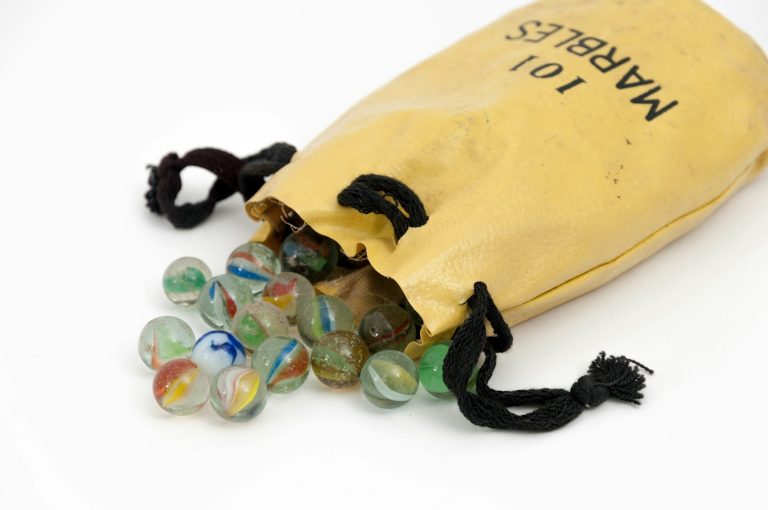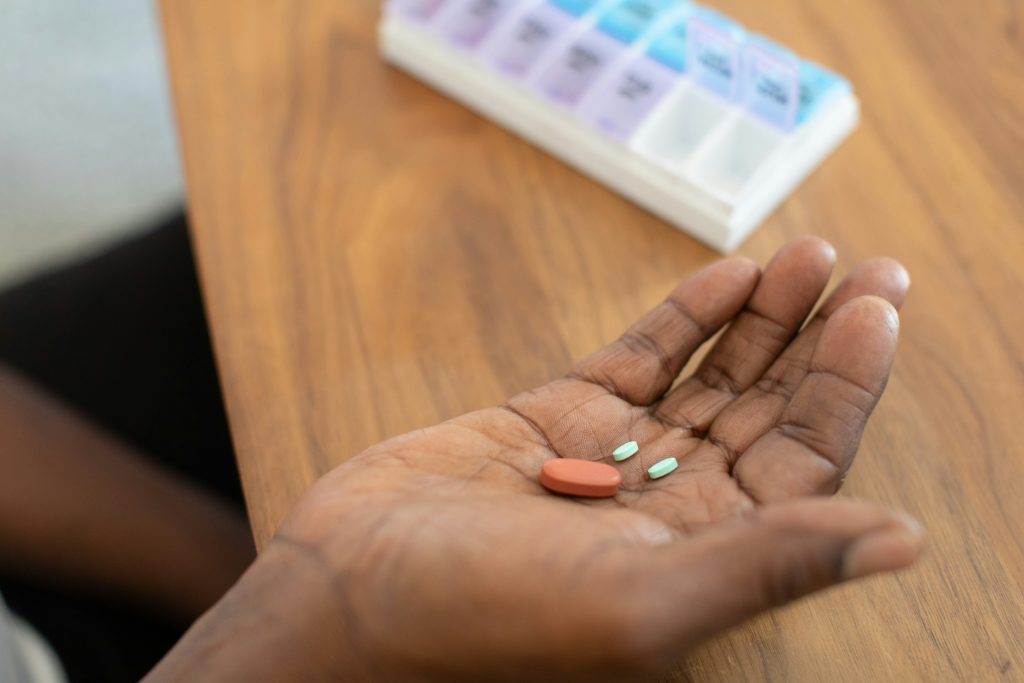
This article was contributed by Jim Emkhe, Clinical Nutritionist and was was first published in the Spring/Summer 2019 issue of Vibrant Senior Options Resource Guide. | Posted Fall 2019
In the health field perhaps no word has become more of a “buzz word” than “cholesterol.” I think most would agree that cholesterol has actually become a dirty word, something bad, even deadly. How has this single substance, which is essential to life, become so maligned? The body actually makes abundant amounts of cholesterol for a wide range of essential metabolic needs. So what is cholesterol? What is LDL cholesterol? Finally, how has it become so controversial?
What is Cholesterol?
Simply stated, cholesterol is a ‘sterol’ found in most body tissues. Therefore, it is a vitally important constituent in all aspects of life chemistry. Connections to cellular health is one of the many functions of cholesterol. Also, it is the raw material from which all steroid hormones are made. Additionally, it is the substance that makes Vitamin D when exposed to sunlight. Therefore, we have the technical name for Vitamin D – cholecalciferol. Some of the better known hormones made from cholesterol are: estrogen, testosterone, progesterone, cortisone & cortisol, HGH, DHEA, aldosterone and androstenedione. Steroid hormones are power brokers in the body, and their importance can’t be overstated. Without cholesterol there would be no animal life.
There are 3 basic types of cholesterol: HDL (high density), LDL (low density) and VLDL (very low density). If added together these three types of cholesterol always equal the total cholesterol count (HDL+LDL+VLDL = Total Cholesterol). The key distinction between HDL, LDL & VLDL is their “particle size.” In general the larger the particle size the healthier the lipid. HDL is large particle, LDL is a small particle and VLDL is a very small particle. VLDL is calculated by dividing triglycerides by 5.
Cholesterol Ratios are Important
The ratio between total cholesterol & HDL is called the risk ratio. If the ratio is 4 or less, then the risk factors are low. A ratio of 5 or greater increasese the risk. For example, one patient has a total cholesterol of 300 and an HDL of 100 for a 3:1 ratio. The second patient has a cholesterol of 180 with an HDL of 30 for a 6:1 ratio. Who’s at greater risk? Definitely the second individual, even though the total cholesterol is lower at 180.
What is LDL Cholesterol?
LDL (low density lipoprotein) is actually the “worker bee” of the cholesterol family. LDL is what makes steroid hormones and generates Vitamin D from sunlight. In addition, LDL is essential for cell membrane integrity. A healthy cell should have at least 50% LDL cholesterol in its cell membrane/wall. To simply refer to LDL as the “bad” cholesterol is an over-generalization that fails to acknowledge the importance of LDL. So why is LDL routinely referred to as “bad” cholesterol? To understand why, let’s look at the original medical model used to describe how LDL contributes to plaque formation.
How Oxidized LDL Leads to Plaque
First, before LDL is capable of contributing to plaque formation it must be ‘oxidized,’ which is what occurs when a fat goes rancid. In the body, oxidized LDL (OxLDL) is a free radical capable of damaging other cells. This cell damage can result in a chain reaction of cell destruction. In response to this, the immune system produces macrophages, a type of white blood cell, to engulf OxLDL and remove it from circulation. Then a complex biochemical process happens. The oxidized OxLDL and macrophages are deposited as plaque. The important lesson here is that only OxLDL is capable of contributing to plaque formation, whereas normal healthy unoxidized LDL is not. Antioxidants are important to prevent excess oxidation. Once oxidation occurs, the immune system responds as described. Uunfortunately, this immune system response results in plaque formation.
Testing for OxLDL, Total Cholesterol
In my practice as a clinical nutritionist, OxLDL is the most important blood test regarding cholesterol risk factors. An OxLDL test is readily available by your request and willingness to pay out-of-pocket. It makes no sense at all why OxLDL is not performed routinely. There’s no question that the risk of plaque formation parallels the level of OxLDL. OxLDL has the two following blood tests directly associated with it. These blood tests will help to further define one’s risk factors.
MPO (myeloperoxidase)
Macrophages release an enzyme called MPO (myeloperoxidase). In turn, this enzyme measures the body’s response to arterial damage. Individuals with elevated MPO levels are more than twice as likely to experience cardiovascular mortality. This is true even with normal total cholesterol and LDL levels. As is the case with OxLDL, MPO testing is readily available via your request and willingness to pay out-of-pocket.
F-2 Isoprostanes (F2):
Oxidized LDL free radicals react with adjacent molecules and cause a cascade of arterial cell damage. This oxidization produces F-2 Isoprostanes (F2).This is a chain reaction. The F2 level is very sensitive to early stage plaque formation. Research has shown that individuals with elevated F2 are 30 times more likely to develop heart disease. Wow!!
This is the science associated with LDL cholesterol. LDL is not necessarily the “bad” cholesterol it’s made out to be. However, it can be bad if oxidized. Without measuring OxLDL there’s no way to know. The common assumption that everyone with elevated LDL is “at risk” is not accurate. Acctually, nearly half of heart attack deaths occur in individuals with normal LDL. The fear generated around cholesterol levels, particularly LDL, is more of a marketing ploy for selling drugs to lower LDL.
Stop the Damage from Oxidized LDL
- Avoid hydrogenated trans fats and margarine, and avoid fried foods
- Polyunsaturated vegetable oils are unstable and readily oxidized. Therefore, avoid cooking with them. Coconut oil & ghee (clarified butter) are better choices
- Stop smoking
- Avoid industrial chemical exposure
- Shop organic and avoid agricultural chemicals and preservatives.
- Take a quality antioxidant supplement that contains vitamins E, C and A (as palmitate). Vitamin E should contain both Alpha & Gamma E. Check the label.
- Eat a diet rich in colored vegetables and whole fruits which are naturally high in anti-oxidants.
Remember, talk to your practitioner about performing tests that are truly accurate. This would be relative to determining your risk of a heart attack. Ideally, OxLDL, MPO, and F2 should be measured together in what is often called an Advanced OxLDL Panel. It is simply not accurate to assume that a regular LDL Cholesterol test is relative to risk. It isn’t.





















